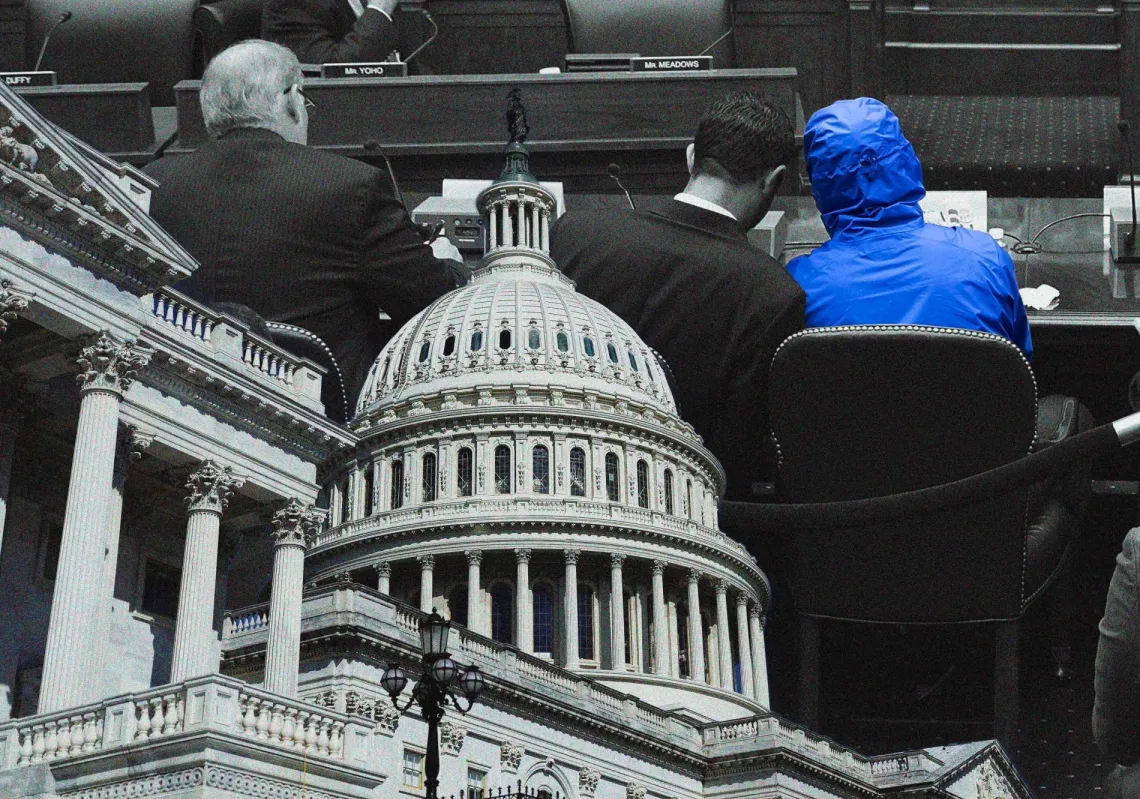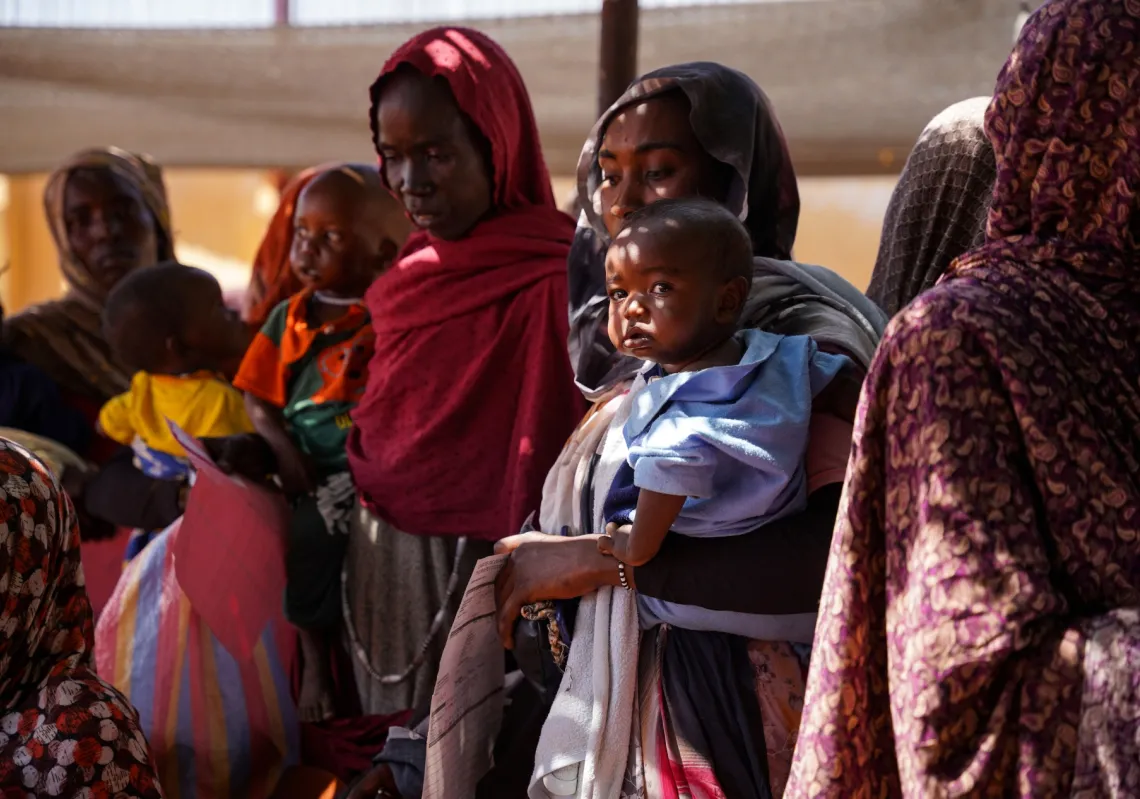NATO—a political and military alliance comprising 32 countries—requires members to spend at least 2% of their GDP on defence.
Sweden joined NATO in March this year, following Finland, which joined the treaty in April 2023, spurred on by Russia's invasion of Ukraine
A major component of defence expenditures includes payments for active armed forces personnel and retired pensioners. It also includes war reserves of military equipment and supplies and expenditures for peacekeeping and humanitarian operations.
Biggest spender
The US is by far the largest contributor to NATO’s budget. In 2023, the country accounted for $860bn spent by the organisation, representing 68% of the total expenditure. This amount is over ten times more than that of the second-placed country, Germany.
This American funding aims to support European allies, deter adversaries like Russia, and gain access to additional military resources, among other objectives.
However, former US President and current candidate for the Republican nomination, Donald Trump, said that he would not protect European NATO allies from a Russian attack if they were not spending enough on their own defence
In 2024, NATO Allies in Europe will invest a combined total of $380bn in defence, which means that, for the first time, they will be spending 2% of their combined GDP on defence.








